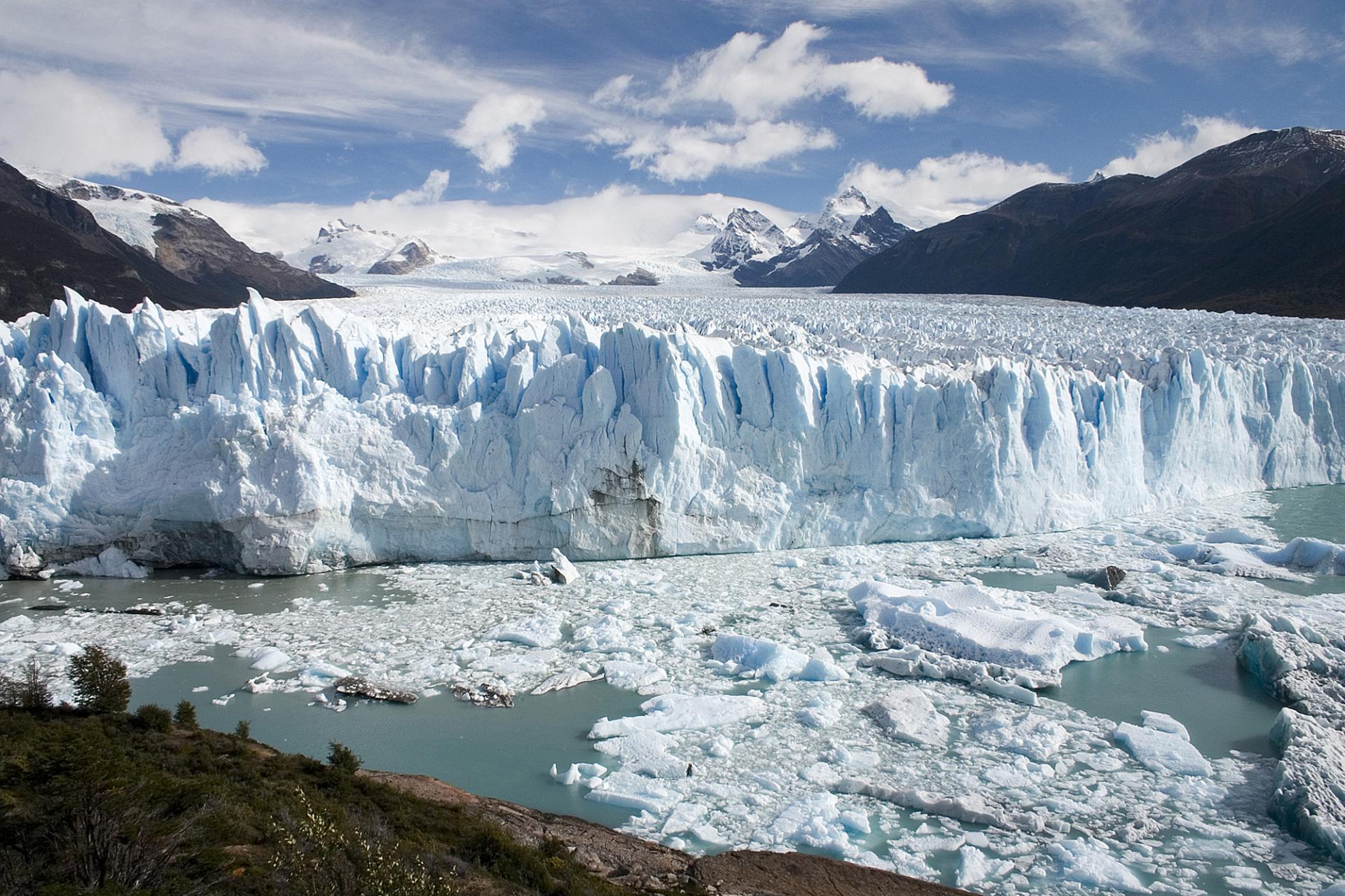Hello everyone!
Welcome to a new opus of the "Offs du JJV"!
"The true hero is the one who fights with an open mind and without bias and yet leads a life of peace and freedom."
Those who know me well know that I am by nature a caring person when people are respectful to me in return. These same people also know that I remain at least a little decent when people disrespect me.
I don't think that responding to disrespect or meanness with the same energy is the right solution. Quite simply, like you don't heal a wound by stirring something up inside it.
No matter what attitude people adopt towards me, I will continue to be at least a little decent towards people who are not, because that reflects who I am. I will also always continue to give my time and offer smiles to people who are nice to me, because that also reflects who I am.
People who know me well enough know that I have an open mind and that I know how to adapt to the people in front of me to share good times together.
I am not in anyone's camp, because I prefer having my own opinion on everyone I meet. Quite simply, because listening to "they say" does not interest me. If a person wants to tell me something about themselves, they will tell me on their own, without needing an intermediary and because they know they can trust me.
I focus mainly on what is happening in my life, because it is the only place where I can act to achieve what is important to me. I would give my opinion to a person I like if they ask me, but I would never impose it on them.
Each of us can be free to live our life as we wish as long as it does not hurt anyone. One of my principles is that if what I do in my life does not hurt anyone, then I can do it.
I would always try my best to find a solution to do things differently if I risk hurting someone with my words or actions.
If we can hate someone for no reason, I think we can find lots of reasons to appreciate and love someone in relationships with the people around us…
Some want to distribute hate and meanness for free, I would offer in return a minimum of correction to these people and always more free kindness and support and encouragement and affection to people who deserve it.
Why if we can hate for no reason can we not love for no reason?
Have a good day and good game ;)

Add a comment